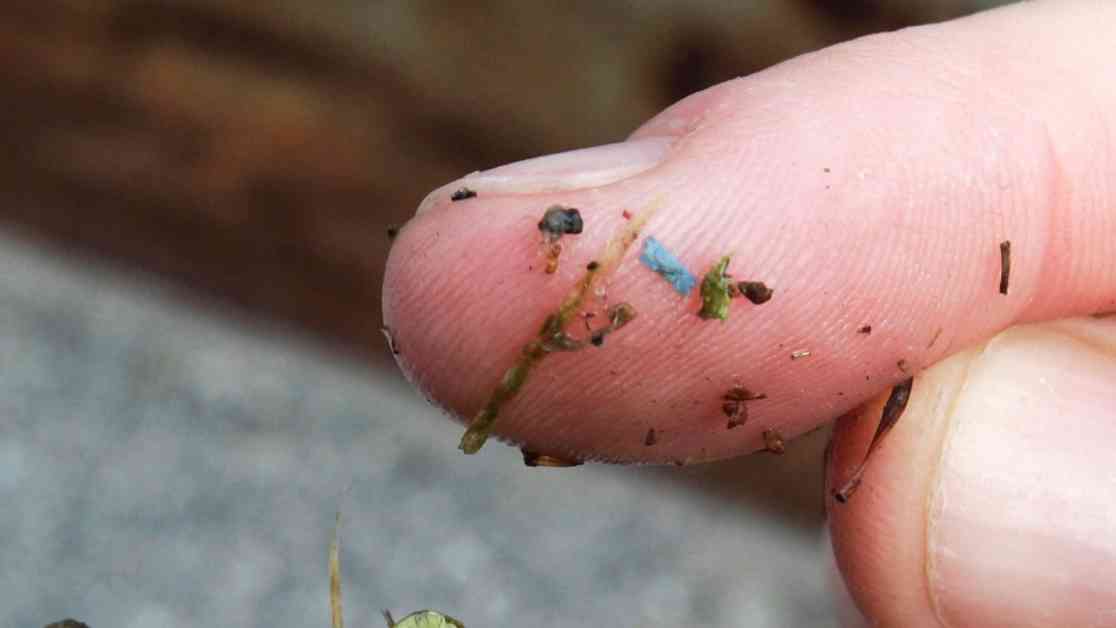Microplastics, those tiny particles derived from plastic materials, have been making their way into various aspects of our environment, from the air we breathe to the food we eat. These miniscule plastics have been found in a wide range of body tissues, raising concerns about their potential impact on human health. While evidence is limited and research in this field is still relatively new, some researchers are beginning to sound the alarm.
Plastics, which are man-made materials often derived from petroleum products, can break down into smaller particles over time. Microplastics, which can range in size from as large as a pencil eraser to as small as a fraction of the width of a human hair, have been detected in air, water, soil, and various food sources. Studies have shown that these tiny plastics can be found in body tissues, including the heart, liver, kidneys, testicles, and even in the placenta.
Research indicates that most people likely have microplastics in their bodies, with ingestion and inhalation levels varying depending on diet, lifestyle, and location. While the exact health effects of microplastics are still being studied, some researchers believe that these particles could contribute to inflammation, changes in the body that increase the risk of heart attack and stroke, and potentially even certain types of cancers in younger individuals.
Although a 2022 World Health Organization report found no clear risk to human health from microplastics based on existing evidence, there is still ongoing research to understand the full extent of the potential harm. Some experts, like Dr. Philip Landrigan of Boston College, express concern about the toxic chemicals present in microplastics and their possible health implications.
In light of these findings, researchers suggest some steps individuals can take to reduce their exposure to microplastics. Simple actions like removing shoes before entering the house to prevent tracking in plastic-laden dust, avoiding microwaving food in plastic containers, and choosing reusable stainless steel or glass water bottles over disposable plastic ones can help minimize exposure.
While the full impact of microplastics on human health is not yet fully understood, it is clear that more research is needed to assess the potential risks they pose. As the scientific community continues to investigate this emerging field, individuals can take steps to reduce their exposure and stay informed about the latest findings regarding microplastics and their health effects.

















